I use a lot of raster data, both for cartography and analysis. Recently, I was asked to build a digital elevation model of the entire state of California at 10 meter resolution. This means the entire state is covered in square-shaped cells that are 10 meters on each side, and each cell contains a value for the elevation in its center. That works out to over four million pixels!
The resultant data layer was very, very large, so I asked the client if a coarser resolution would suffice, and I provided some examples. He said they really needed a hillshade of topography at 10 meters, and I found a way to make it work. After the data were delivered, I realized it made for a very nice illustration of how resolution affects the level of detail within raster data.
First, a series of hypothetical illustrations of resolution, with a real world example of a dataset at that resolution. The extent of the multi-colored images below is the same, the only thing changing is the resolution of the cells:
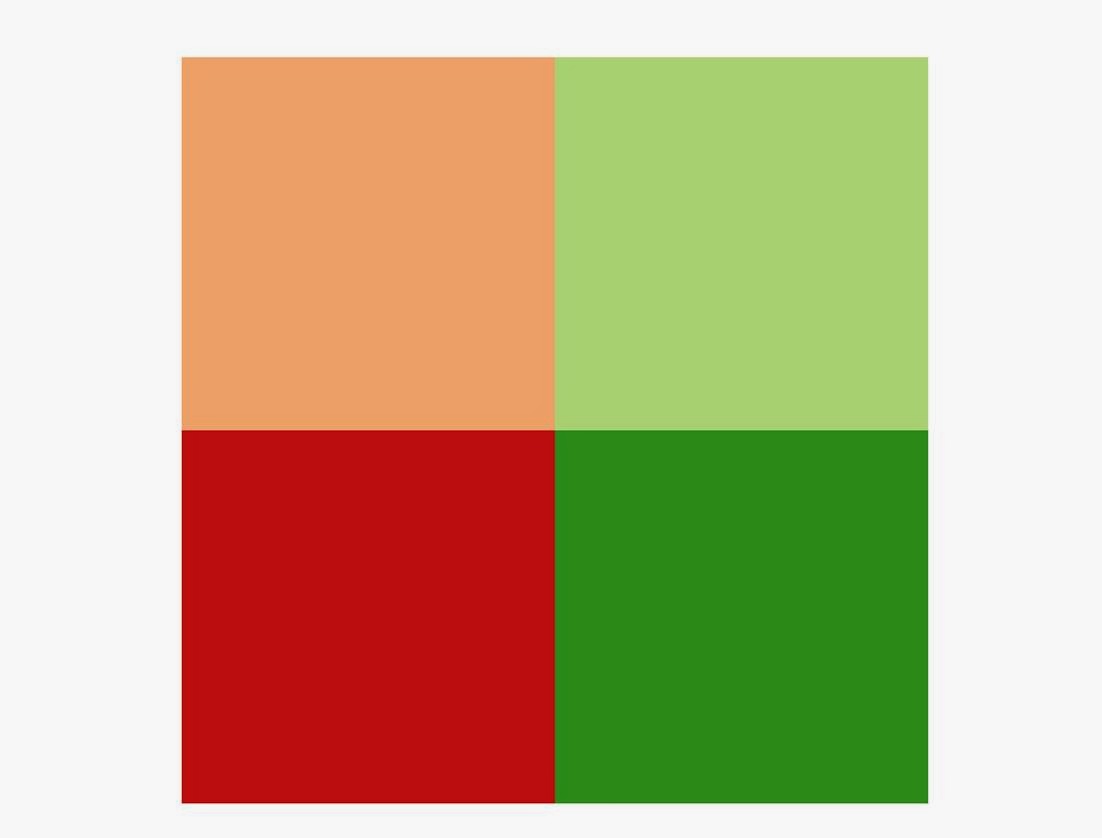 |
1000m (1 km)
4 cells
Forecasted changes to the distribution of birds in the Pacific Northwest, Global digital elevation models |
 |
90m
484 cells
Bathymetric data, SRTM, older satellite imagery |
 |
30m
4,356 cells
Most Landsat, some topographic data, much national scale landcover/vegetation |
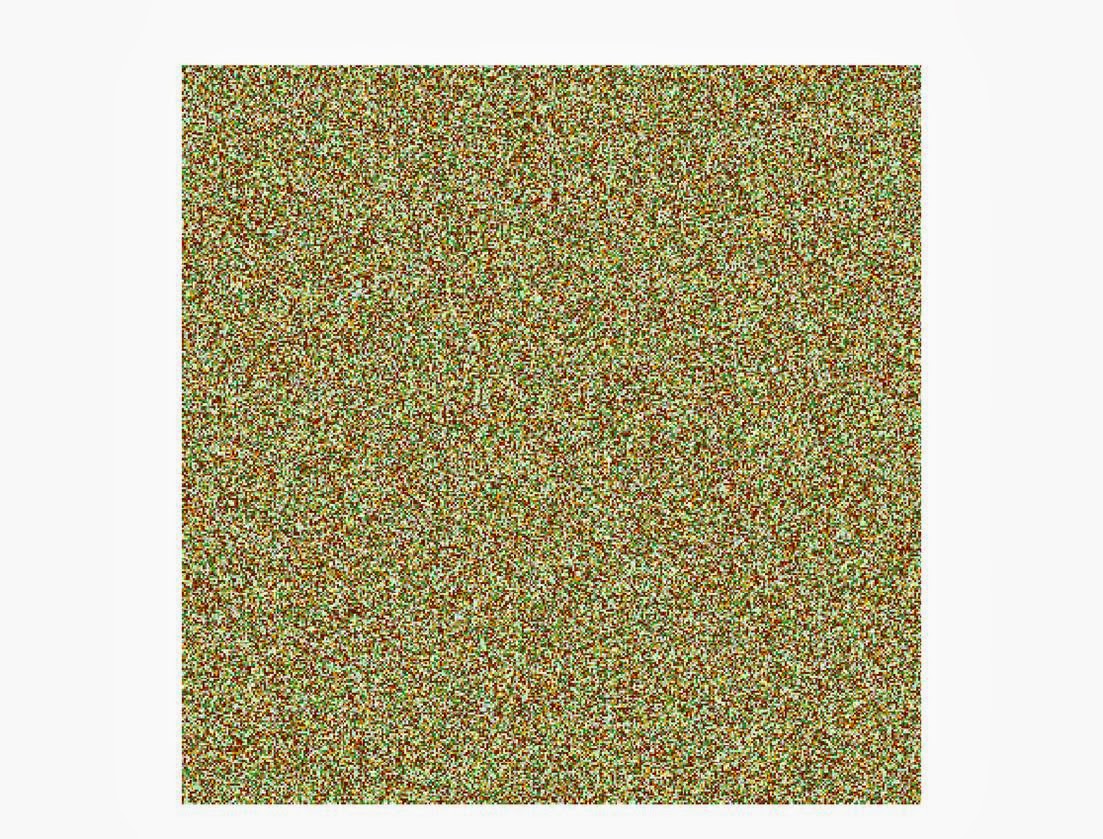 |
5m
160,000 cells
Regional Conservation Strategy data, some satellite imagery |
 |
1m
4,000,000 cells
NAIP imagery (same used for the Lark), LiDAR topographic data |
And now for a real-world illustration of resolution using digital elevation models for the area around Mt. Shasta in Northern California. Click images to embiggen:
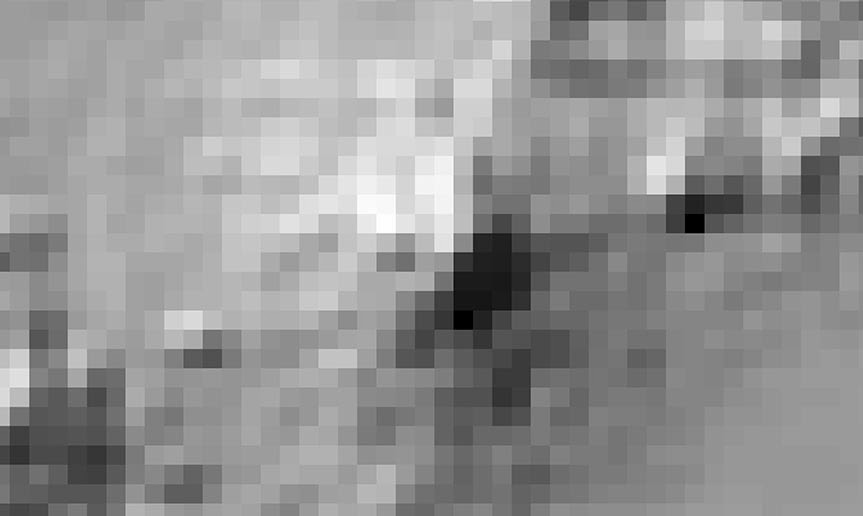 |
1000m
The volcano is barely recognizable, unless you step way back from your monitor and blur your vision a bit |
 |
90m
Much better! Definitely looks like a volcano now. But still not too much detail. |
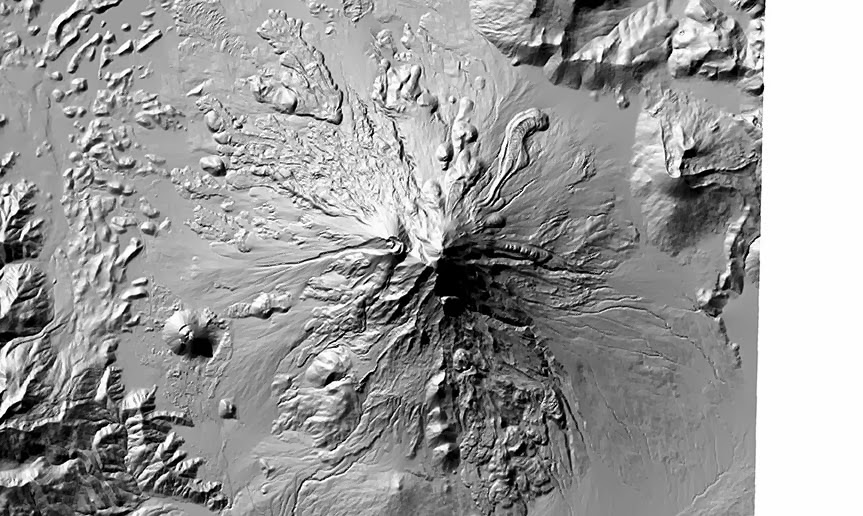 |
30m
Now we're starting to see some real detail. Individual ridges and valleys are clearly discernible. |
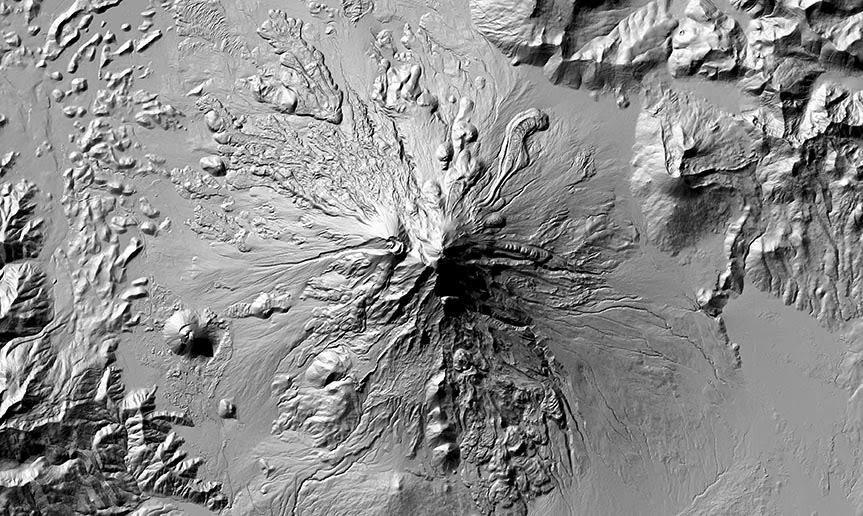 |
10m
Surprisingly, the 10m data doesn't look that much better, at least at this scale. So... |
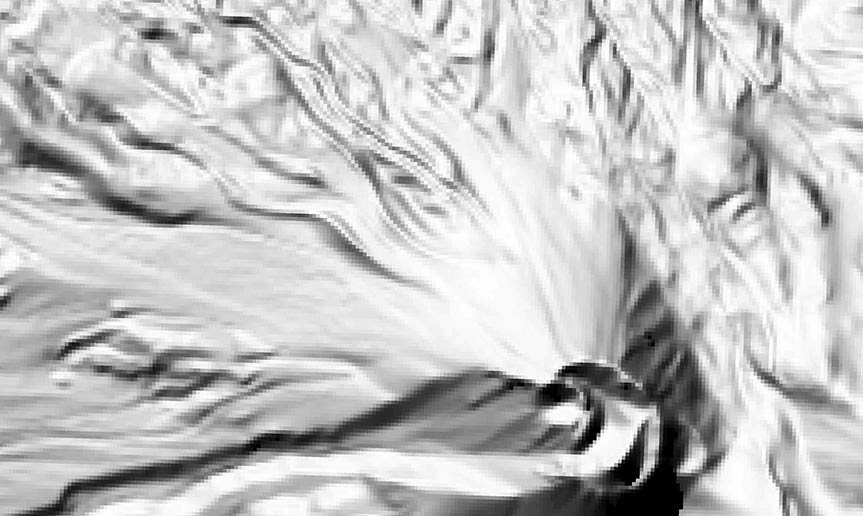 |
30m
If we zoom in to the caldera, we can see some details in the 30m data, but they aren't very crisp. |
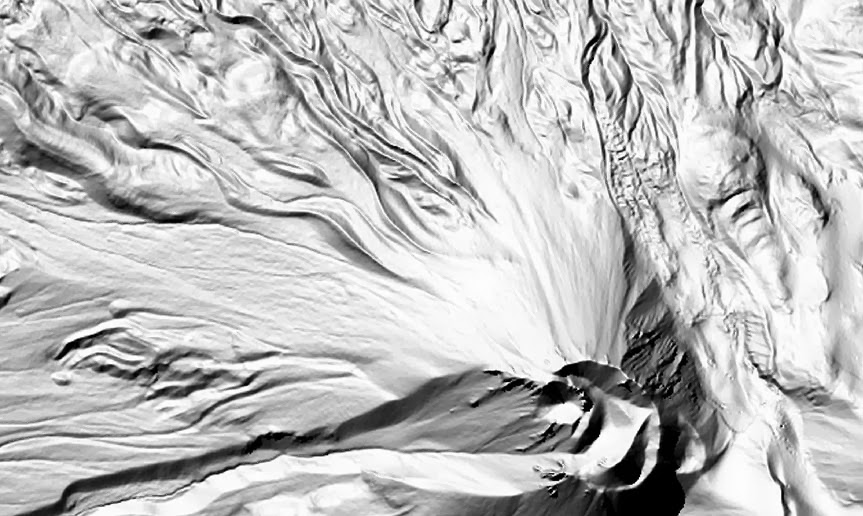 |
10m
This image shows the same area, but with the 10m data--it shows much, much more detail. |
The bottom line is that more resolution isn't always better. The scale at which the data will be displayed or analyzed should always dictate the resolution of your raster data.











No comments:
Post a Comment